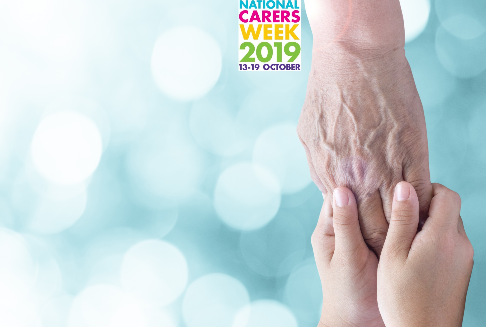Celebrating and thanking our carers
- 15 Oct 2019

National Carers Week provides the opportunity for Baptcare and other organisations to recognise the outstanding role that carers play in the community. Each year carers save the Government $60.3 billion through their caring role.
Of the 43,399 children in out of home care in Australia, 20,528 are living in formal kinship care. Kinship care refers to care provided by relatives or members of the child’s social network when a child is unable to live at home with their parents and is the preferred placement option within the child protection system. The demands on carers are diverse, extending from the care of the child, to negotiation with parents, support services and the legal system.
Informal kinship carers receive very little or no support financially and a number of grandparents have had to dip into their retirement savings, while others have had to sell their homes.
Baptcare has highlighted the work of carers in its report into family violence in kinship care, including evidence that 82% of carers experienced psychological, emotional or verbal abuse caused by a family member of the child. Consistently carers identify threats and intimidation resulting in the loss of social connection.
One carer explained, “I was treated like I was so lacking in value. I was very tired of hearing the phrase, “you’re only the grandmother””.
Carers Week gives Baptcare and the wider community the opportunity to acknowledge carers as more than, ‘only the grandmother.’ While carers are lamenting the lack of respect and recognition, Baptcare recognises that, “respect, encouragement and validation are no-cost resources that could make a huge difference in the life of a kinship carer with flow on benefits for the children in their care.”
[1] ‘ It’s been an absolute nightmare’ Family violence in kinship care. August 2017.
Community news
-

BaptistCare welcomes Baptist Care Australia team to lead advocacy
The Baptist Care Australia (BCA) team has joined the newly merged BaptistCare organisation after the national peak body representing Baptist community service organisations announced it will conclude operations. Following the merger of key BCA state members Baptcare (VIC, TAS, SA), Baptist Care SA and BaptistCare (NSW, ACT, WA) there is no longer the same need for a national peak body.
- 04 Sep 2025
-

Work placements: where theory becomes practice
Victoria completed a placement with our Community Services team in the final year of her Social Work studies. Now she works with the Targeted Care Packages team as a Case Manager.
- 01 Sep 2025
-

Honouring hearts in action: BaptistCare celebrates its inaugural Excellence Awards
BaptistCare has celebrated its people in a powerful way, hosting its inaugural Excellence Awards Dinner in Melbourne. BaptistCare has celebrated its people in a powerful way, hosting its inaugural Excellence Awards Dinner in Melbourne this month. The event brought together employees, volunteers, and leaders from across the country to honour those who embody the organisation’s mission and values.
- 20 Aug 2025
